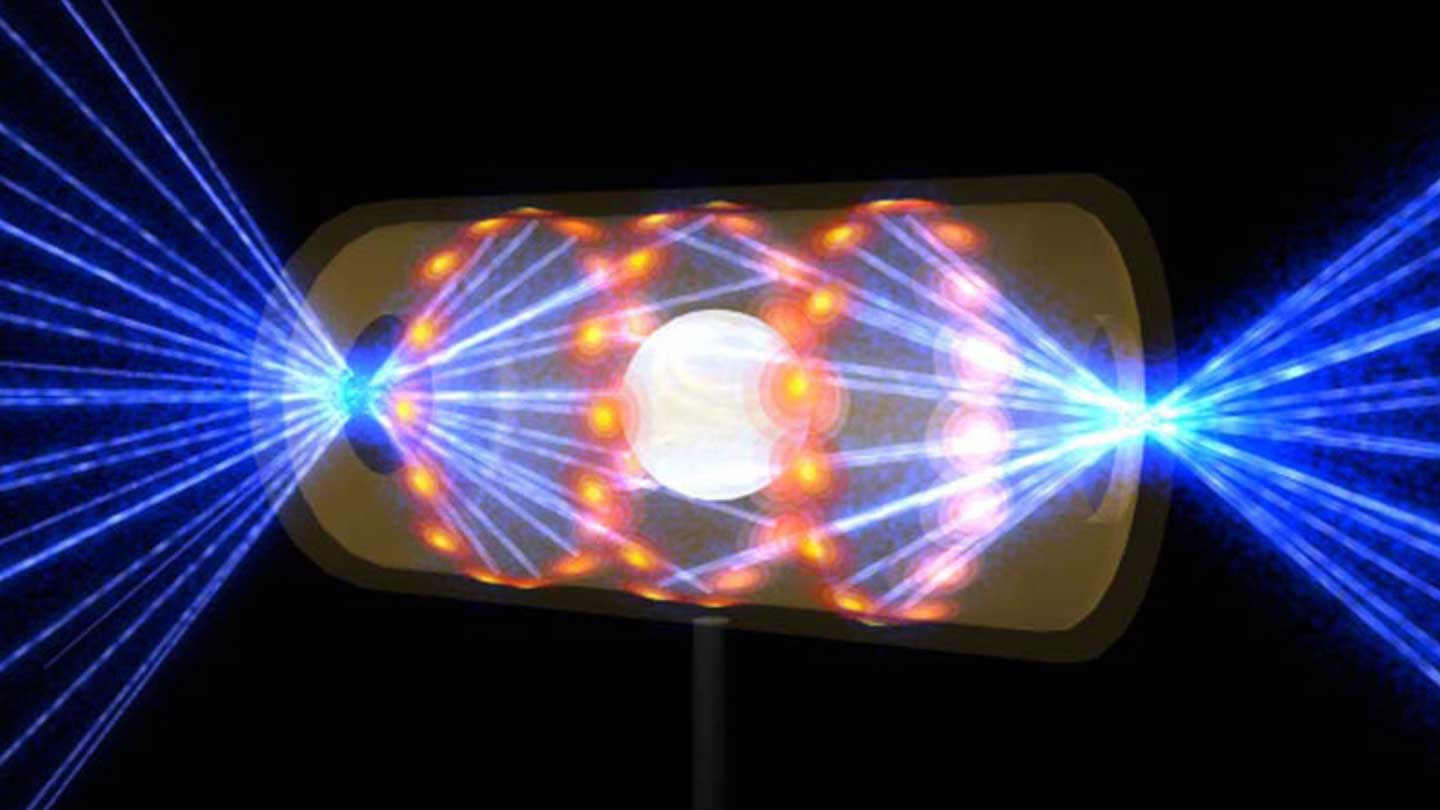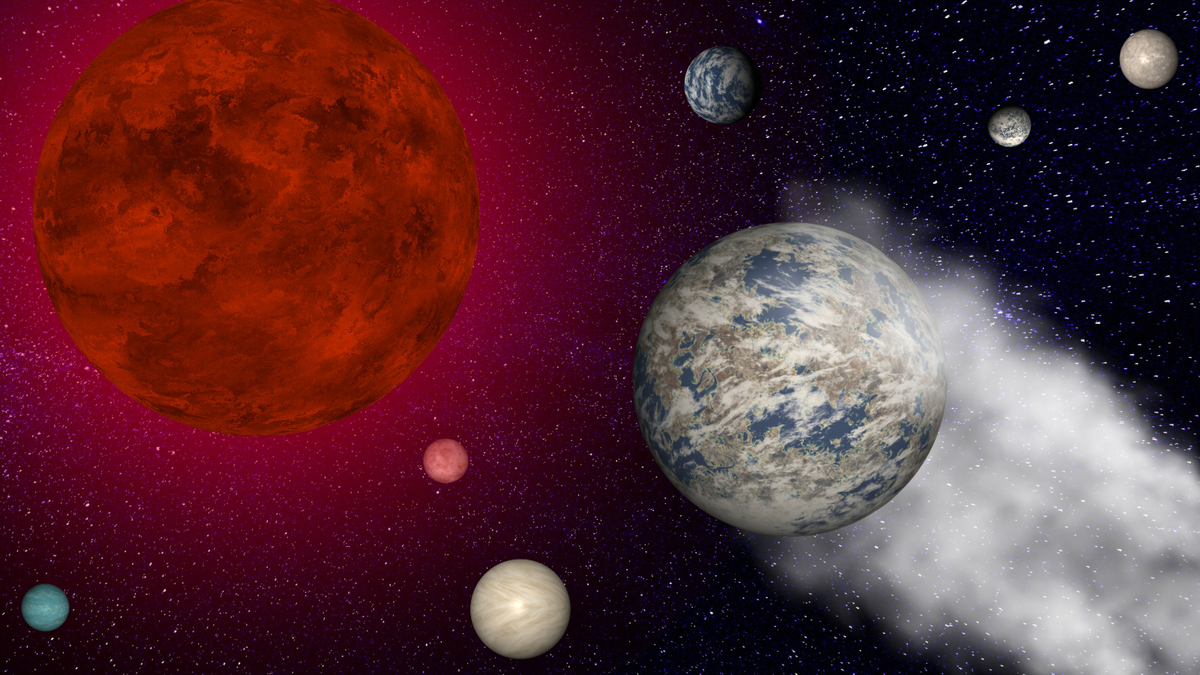Scientists have finally managed to bottle the sun.
Researchers with the National Ignition Facility in Livermore, Calif., have ignited controlled nuclear fusion that resulted in the net production of energy. The long-awaited achievement, to be announced December 13 by U.S. Department of Energy officials, is the first time a lab has been able to reproduce the reactions in the sun in a way that leads to more energy coming out of the experiment than going in.
Science News headlines, in your inbox
Headlines and summaries of the latest Science News articles, delivered to your email inbox every Friday.
Thank you for signing up!
There was a problem signing you up.
“This is a monumental breakthrough,” says physicist Gilbert Collins of the University of Rochester in New York, who is a former NIF collaborator but was not involved with the research leading to the latest advance. “Since I started in this field, fusion was always 50 years away…. With this achievement, the landscape has changed.”
Fusion potentially provides a clean energy source. The fission reactors used to generate nuclear energy rely on heavy atoms, like uranium, to release energy when they break down into lighter atoms, including some that are radioactive. While it’s comparatively easy to generate energy with fission, it’s an environmental nightmare to deal with the leftover radioactive debris that can remain hazardous for hundreds of millenia.
Controlled nuclear fusion, on the other hand, doesn’t produce such long-lived radioactive waste, but it’s technically much harder to achieve in the first place. In nuclear fusion, light atoms fuse together to create heavier ones. In the sun, that typically occurs when a proton, the nucleus of a hydrogen atom, combines with other protons to form helium.
Getting atoms to fuse requires a combination of high pressure and temperature to squeeze the atoms tightly together. Intense gravity does much of the work in the sun.
At the National Ignition Facility, 192 lasers directed at a small pellet of fuel provided a blast of energy that did the trick instead. The result was a burst of fusion energy that, though brief, was more than the laser energy that instigated the reaction, says physicist Carolyn Kuranz of the University of Michigan in Ann Arbor, who was not involved with the research. While the total energy released by the experiment has not been made public yet, it exceeded the 1.3 million joules of energy produced by an earlier NIF experiment that marked the first time the team managed to ignite nuclear fusion (SN: 8/18/21).
But this latest fusion burst still didn’t produce enough energy to run the laser power supplies and other systems of the NIF experiment.
“The net energy gain is with respect to the energy in the light that was shined on the target, not with respect to the energy that went into making that light,” says University of Rochester physicist Riccardo Betti, who was also not involved with the research. “Now it’s up to the scientists and engineers to see if we can turn these physics principles into useful energy.”
Despite that, it’s a potential turning point in the technology comparable to the invention of the transistor or the Wright brothers’ first flight, says Collins. “We now have a laboratory system that we can use as a compass for how to make progress very rapidly,” he says.














